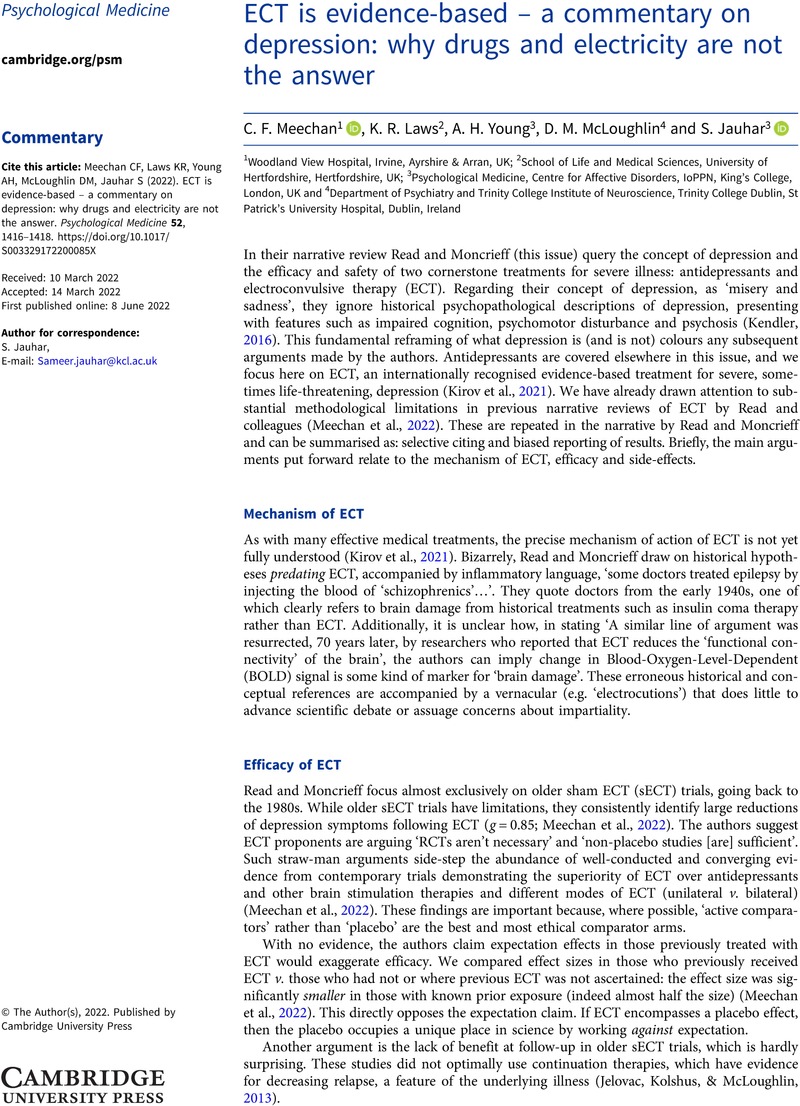Crossref Citations
This article has been cited by the following publications. This list is generated based on data provided by Crossref.
Sigström, Robert
Göteson, Andreas
Joas, Erik
Pålsson, Erik
Liberg, Benny
Nordenskjöld, Axel
Blennow, Kaj
Zetterberg, Henrik
and
Landén, Mikael
2025.
Blood biomarkers of neuronal injury and astrocytic reactivity in electroconvulsive therapy.
Molecular Psychiatry,
Vol. 30,
Issue. 4,
p.
1601.




